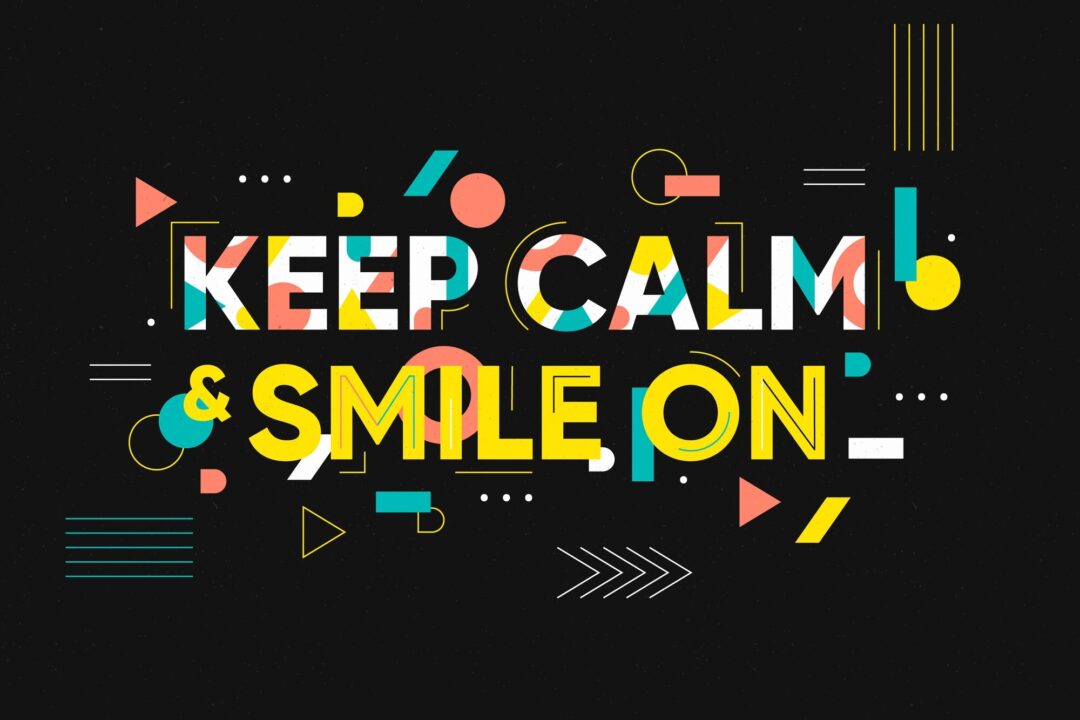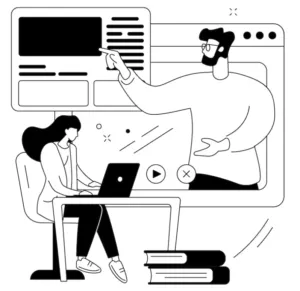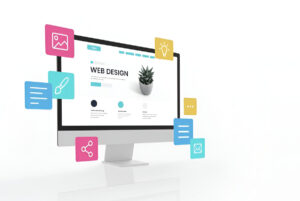The Importance of Typography in Graphic Design
Typography in graphic design is a critical component that can significantly influence how visual information is perceived. It is the art and technique of arranging type to make written language legible, readable, and visually appealing when displayed. Understanding what is typography in graphic design goes beyond just choosing a font; it encompasses style, arrangement, spacing, and how these elements interact with the overall design. This article explores the importance of typography, its impact on branding, and creative typography styles that can elevate design projects.
Understanding Typography
At its core, typography involves selecting fonts, adjusting their spacing (kerning and leading), and arranging text to improve readability and convey specific emotions. Graphic designers use typography to create visual hierarchies that guide readers through content. Effective typography can enhance the user experience, making it easier for viewers to understand the message being communicated.
The Importance of Typography
- Enhances Readability: The primary function of typography is to ensure that text is readable. A well-chosen typeface, combined with appropriate line spacing and size, makes the content more accessible. Poor typography can lead to confusion and frustration, causing readers to disengage. Ensuring that your typography is easy to read is crucial for keeping your audience’s attention.
- Conveys Tone and Emotion: Different fonts evoke different emotions and can significantly impact how a message is perceived. For instance, a playful font might be appropriate for a children’s brand, while a sleek, modern typeface may work better for a tech company. Understanding the importance of typography in establishing tone can help designers communicate effectively with their audience.
- Supports Branding: Typography plays a vital role in branding. The fonts chosen for a brand’s identity can reflect its values and personality. For example, a luxury brand might opt for elegant serif fonts, while a startup might use a modern sans-serif type. Typography and branding go hand in hand, as typefaces become part of a company’s visual identity, helping to distinguish it from competitors.
- Creates a Visual Hierarchy: Good typography helps establish a visual hierarchy that guides the viewer’s eye through a design. By using different font sizes, weights, and styles, designers can highlight essential information and create a sense of order. This hierarchy is crucial in advertising, websites, and any medium where clear communication is necessary.
- Enhances Aesthetics: Creative typography styles contribute to the overall aesthetics of a design project. Unique and artistic typography can make a layout visually appealing and memorable. For example, custom lettering or hand-drawn typography can add an artistic flair that sets a project apart, making it more engaging for the audience.
Creative Typography Styles
Exploring creative typography styles can add depth and interest to graphic design projects. Here are a few popular styles to consider:
- Serif Typography: Serif fonts are characterized by their small lines or decorative strokes at the ends of their letters. These fonts are often associated with tradition and reliability. They are frequently used in print media and formal communication.
- Sans-Serif Typography: Sans-serif fonts lack the decorative strokes of serif fonts, giving them a clean and modern appearance. They are widely used in digital design due to their legibility on screens. Sans-serif typefaces are great for contemporary branding and minimalistic designs.
- Display Typography: Display fonts are designed to catch attention and are often decorative and stylized. These fonts are typically used for headlines, logos, or posters to create a striking visual impact. Display typography allows for creativity and innovation, capturing the viewer’s interest immediately.
- Handwritten Typography: Handwritten fonts mimic the natural flow of handwriting, adding a personal touch to designs. They are often used in branding, invitations, and social media graphics to evoke a sense of warmth and authenticity.
- Experimental Typography: This style pushes the boundaries of traditional typography by combining different font styles, altering letterforms, or playing with scale and color. Experimental typography can create standout designs that challenge perceptions and deliver unique messages.
The Role of Typography in Branding
Typography is integral to establishing a brand’s identity. The careful selection of fonts can influence customer perceptions and loyalty. A consistent typographic style across all marketing materials—be it websites, social media, or print—creates a cohesive brand image that consumers can recognize. This recognition fosters trust and reliability, essential factors for customer loyalty. Graphic design focuses on the finer details, and typography serves as a bridge between visual aesthetics and brand messaging.
Conclusion
Typography in graphic design is more than merely selecting a font; it shapes how messages are conveyed and perceived. The importance of typography cannot be overlooked, as it enhances readability, conveys tone, supports branding, and creates visual hierarchy. With the right creative typography styles, designers can elevate their work and leave a lasting impression on their audience.
In conclusion, whether you are a seasoned designer or a business owner seeking to enhance your branding, understanding the importance of typography is vital. If you want to bring an innovative touch to your designs, consider partnering with Trikaya Digital Media, the best creative agency in Dubai.




